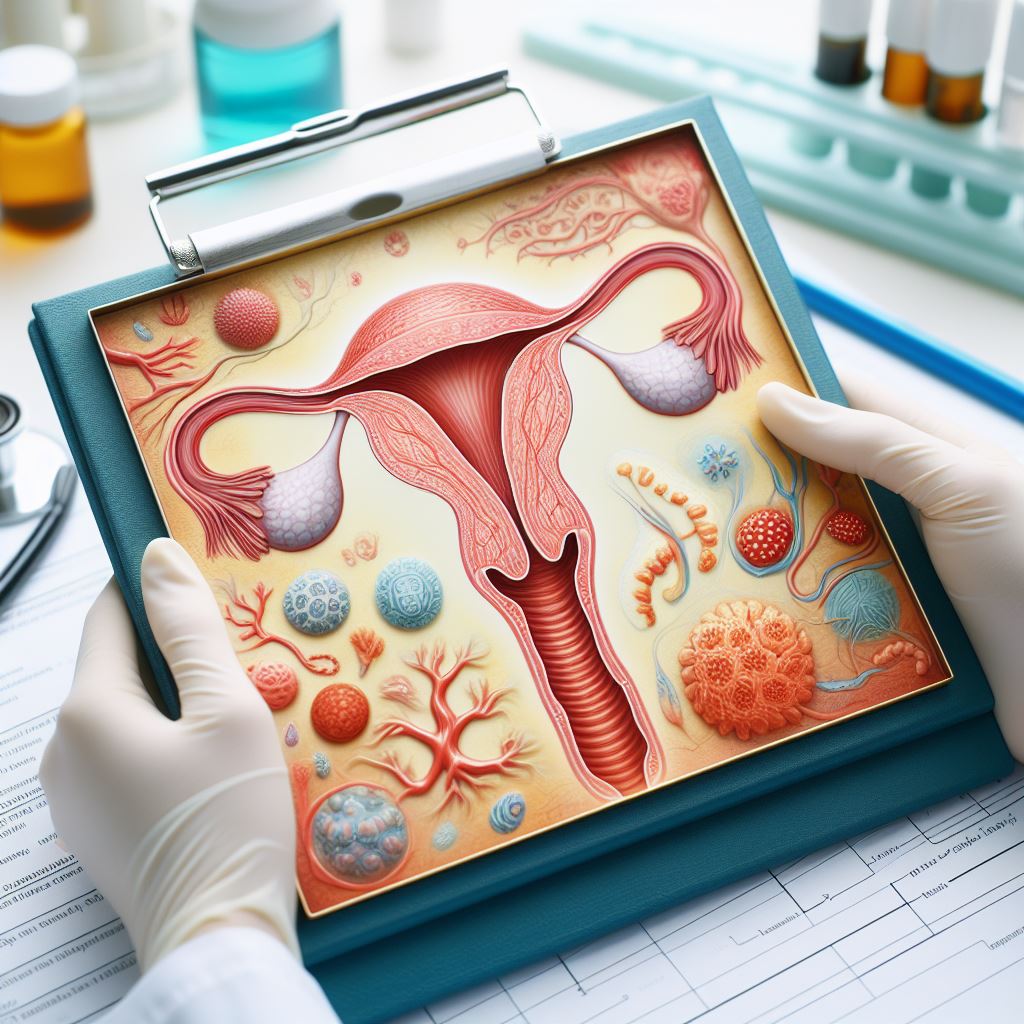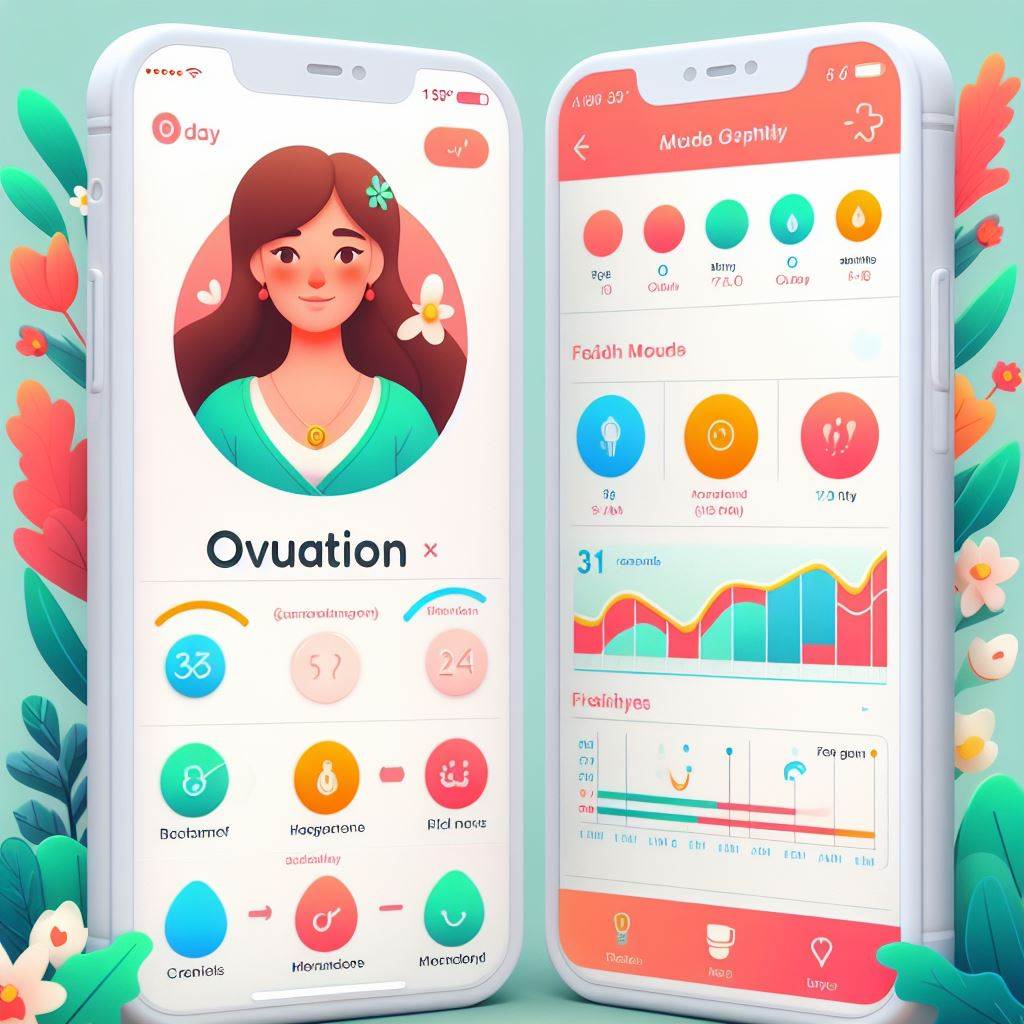Introduction
If you are a woman who is struggling with infertility, you may have heard of a test called hysterosalpingography (HSG). This is a diagnostic test that uses X-rays to examine the uterus and fallopian tubes. This examination visualizes possible blockages or abnormalities in these crucial areas for reproduction. In the case of an obstruction in both fallopian tubes preventing the connection between the egg and sperm, natural pregnancy cannot occur1.
HSG is considered an initial screening procedure for an infertility workup, and despite the development of other diagnostic tools including MRI, hysteroscopy, and laparoscopy, HSG remains the main examination for the study of the fallopian tubes2. In this blog, we will explain what HSG is, how it is done, what it can reveal, and what are the benefits and risks of this test.
What is HSG and how is it done?
HSG stands for hysterosalpingography, which means the radiographic imaging of the uterus (hystero) and the fallopian tubes (salpingo). The test is done by injecting a contrast medium, which is a clear fluid that shows up on X-rays, into the uterus and tubes while images are taken using a fluoroscope, which is a device that projects X-rays onto a screen3.
The test is usually done in the first half of the menstrual cycle, after the menstrual bleeding has stopped and before ovulation, to avoid the risk of exposing a potential pregnancy to radiation. The test is performed in an outpatient setting, usually in a radiology department or a fertility clinic, and takes about 15 to 30 minutes to complete4.
Before the test, you may be asked to take a pregnancy test, an antibiotic, and a painkiller to prevent infection and reduce discomfort. You may also be advised to empty your bladder and bowel before the procedure. You will be asked to undress from the waist down and lie on an examination table with your feet in stirrups. A speculum will be inserted into your vagina to hold it open and a catheter, which is a thin tube, will be passed through the cervix into the uterus. The contrast medium will then be slowly infused into your uterus and tubes while images are taken using the fluoroscope. You may feel some cramping, pressure, or pain as the fluid fills your uterus and tubes. You may also feel some warmth or wetness as some of the fluid leaks out of your vagina. The catheter and the speculum will then be removed and you will be able to get dressed and rest for a while before going home4.
What can HSG reveal?
HSG can reveal the shape and size of the uterus, the patency (openness) and morphology (structure) of the fallopian tubes, and the presence of any abnormalities or blockages in these organs. HSG can also show the spillage of the contrast medium into the peritoneal cavity, which is the space around the organs in the abdomen, indicating that the tubes are open and functional3.
Some of the common findings of HSG are:
- Normal uterus and tubes: This means that the uterus has a normal shape and size, and the tubes are open and have a normal appearance. This finding does not rule out other causes of infertility, such as ovulation problems, hormonal imbalances, or male factor infertility, but it suggests that the female reproductive organs are not the main issue.
- Uterine abnormalities: These include congenital malformations, such as a septate uterus (a uterus that is divided by a wall of tissue), a bicornuate uterus (a uterus that has two horns or chambers), or a unicornuate uterus (a uterus that has only one horn or chamber); acquired abnormalities, such as fibroids (benign tumors of the uterine muscle), polyps (growths of the uterine lining), or adhesions (scar tissue that sticks the uterine walls together); or infections, such as endometritis (inflammation of the uterine lining) or tuberculosis (a bacterial infection that can affect the uterus and tubes). These abnormalities can affect the implantation of the embryo, the development of the pregnancy, or the delivery of the baby2.
- Tubal abnormalities: These include proximal tubal occlusion (PTO), which is a blockage of the part of the tube that is closest to the uterus; distal tubal occlusion (DTO), which is a blockage of the part of the tube that is furthest from the uterus; hydrosalpinx, which is a fluid-filled dilation of the tube; salpingitis isthmica nodosa (SIN), which is a thickening and narrowing of the tube; or tubal adhesions, which are scar tissue that sticks the tubes together or to other organs. These abnormalities can prevent the egg and sperm from meeting, the fertilized egg from reaching the uterus, or the embryo from implanting in the uterine lining2.
- Peritoneal abnormalities: These include endometriosis, which is a condition where the uterine lining grows outside the uterus, such as on the tubes, ovaries, or other organs; pelvic inflammatory disease (PID), which is an infection of the reproductive organs that can cause inflammation, scarring, and abscesses; or adhesions, which are scar tissue that sticks the organs together. These abnormalities can cause pain, inflammation, and infertility by affecting the function of the tubes, ovaries, or uterus2.
What are the benefits and risks of HSG?
HSG has several benefits and risks that you should be aware of before undergoing the test. Some of the benefits are:
- HSG is a relatively simple, quick, and inexpensive test that can provide valuable information about the uterus and tubes, which are essential for natural conception and pregnancy.
- HSG can also have a therapeutic effect, as the contrast medium can flush out minor blockages or debris from the tubes, improving their patency and function. Some studies have reported an increased pregnancy rate after HSG, especially when oil-based contrast media are used.
- HSG can help guide further treatment options, such as surgery, medication, or assisted reproductive techniques, depending on the findings and the severity of the abnormalities.
Some of the risks are:
- HSG involves exposure to radiation, which can be harmful to the cells and tissues of the body, especially if you are pregnant or have a history of radiation therapy or cancer. The amount of radiation used in HSG is low and unlikely to cause any significant damage, but you should always inform your doctor if you are pregnant or have any risk factors for radiation sensitivity.
- HSG can cause some discomfort, pain, or cramping during or after the procedure, which can be relieved by taking painkillers or applying a heating pad to the lower abdomen. You may also experience some spotting, bleeding, or discharge from the vagina for a few days after the test, which is normal and not a cause for concern.
- HSG can cause some complications, such as infection, allergic reaction, or injury to the uterus or tubes, which are rare but serious. You should contact your doctor immediately if you have any signs of infection, such as fever, chills, or foul-smelling vaginal discharge; signs of an allergic reaction, such as rash, itching, or difficulty breathing; or signs of injury, such as severe pain, heavy bleeding, or shock.
Conclusion
HSG is a useful test for evaluating the uterus and tubes in women who have infertility or other reproductive problems. It can reveal the presence and extent of any abnormalities or blockages that may affect the chances of conception and pregnancy. It can also have a beneficial effect on tubal function and fertility by clearing minor obstructions or debris. HSG is a safe and well-tolerated procedure, but it has some risks and limitations that you should discuss with your doctor before deciding to have it done.
We hope that this blog has helped you understand the role of HSG in assessing fallopian tube function. If you have any questions or concerns, please feel free to contact us or leave a comment below. We are always happy to help you with your reproductive health and fertility needs.






